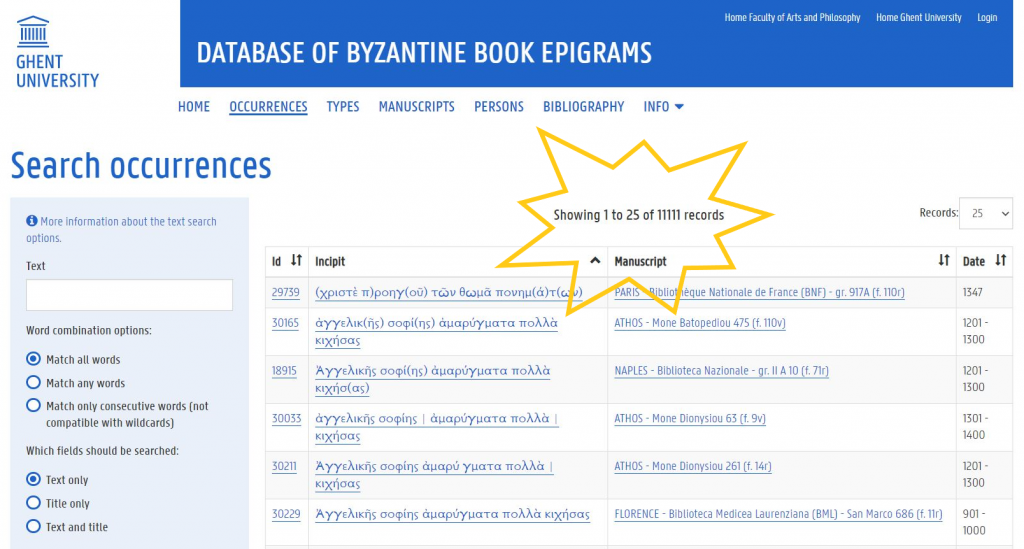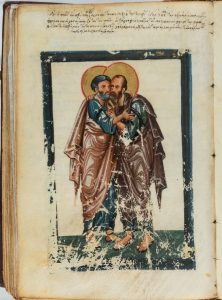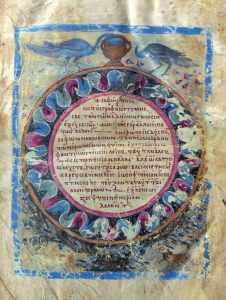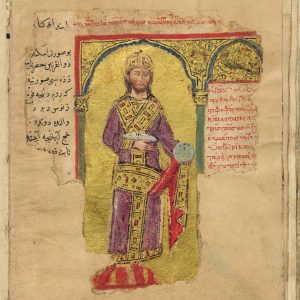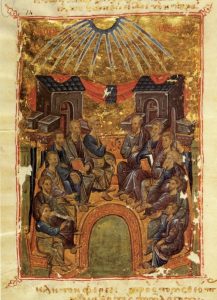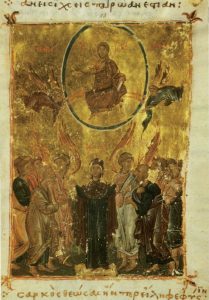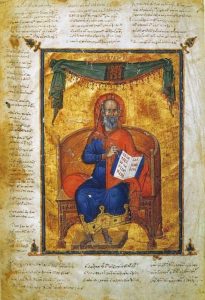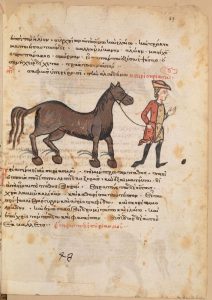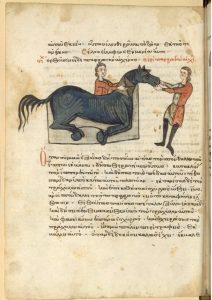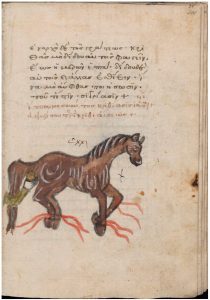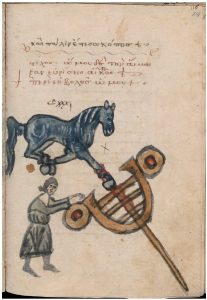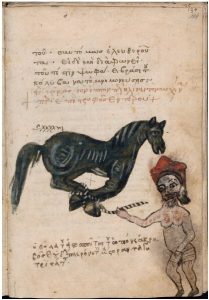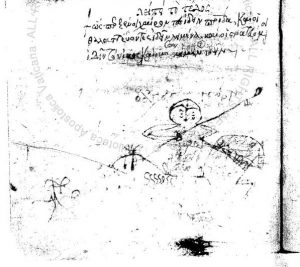Team DBBE is taking a short, well-deserved summer break! We wish you all a wonderful and relaxing vacation! ☀️🍹
And what is more relaxing than lying back to enjoy a good book? 📚 Wherever you are, books can take you anywhere. Even the Byzantines already knew that reading not only enriches the mind, but also salves the soul.
✒️ Ἰδὼν τὸ κάλλος ὧδε τῶν γεγραμμένων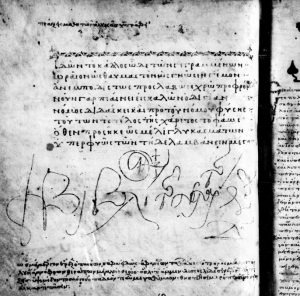
ὡραῖον, ὡς θαυμαστόν, ὡς γνῶσιν γέμον,
ἀνεμποδίστως προσλαβὼν χρῶ προφρόνως·
νοῦν γὰρ πιαίνει εἰς καλῶν ὁδηγίαν.
Νόμος διδάσκει καὶ πρὸ τοῦ νόμου φύσις·
τούτων τὸ τέλος τῆς χάριτος τὸ φάος.
Ὅθεν προσῆκε, ὡς μέλι, γλυκασμάτων
ὑπερφυῶς τῶν τῇδε λαμβάνειν μέγα.
📖 See the beauty of these writings
– how lovely and wonderful, how full of knowledge it is –
and take it unhindered, use it readily,
for it enriches the mind on the way to virtue.
The law gives instructions and so does nature before the law;
of these the light of grace is the completion.
So it befits to take abundantly, as from honey,
from the sweetness contained here.
🌐 https://www.dbbe.ugent.be/types/2001
📸 https://gallica.bnf.fr/ark:/12148/btv1b110001885/f4.item
So how about reading some good old Byzantine book epigrams this summer? 😉 Dive into our literary garden, indulge in the fruits of our labour and let yourself be amazed!
